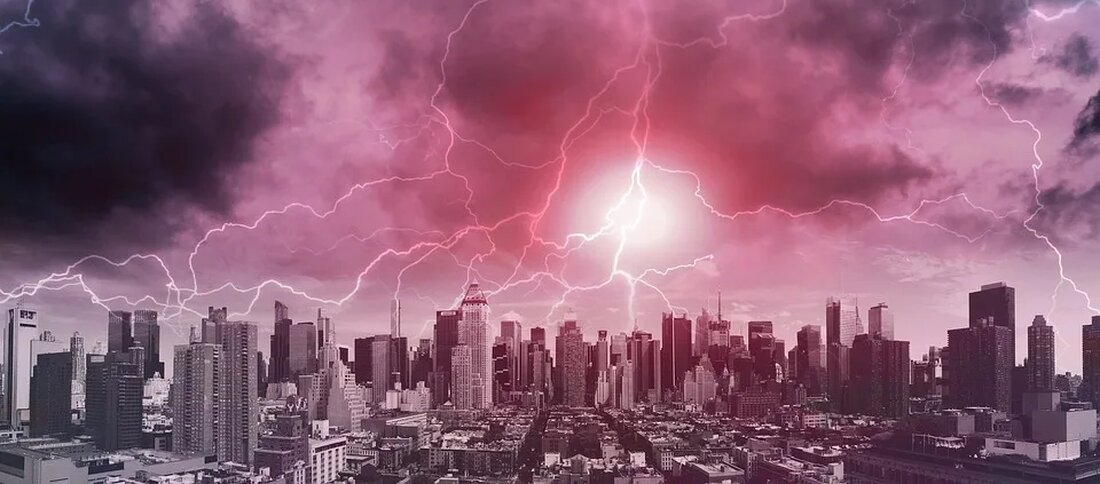Climate change and its effects on forests
For several decades, our earth has been under enormous environmental stress due to human-caused greenhouse gas emissions. It is well known that climate change is increasing global temperatures, accelerating ice melting at the poles and increasing extreme weather events. But one of the most serious impacts of climate change affects our planet's forests. These green lungs of the earth play a crucial role in maintaining the ecological balance of life on Earth. Forests and Climate Change: A Two-Way Relationship Climate Change and the Impact on Forests One of the primary effects of climate change on forests worldwide is increased average temperatures. These rising temperatures mean that the…

Climate change and its effects on forests
For several decades, our earth has been under enormous environmental stress due to human-caused greenhouse gas emissions. It is well known that climate change is increasing global temperatures, accelerating ice melting at the poles and increasing extreme weather events. But one of the most serious impacts of climate change affects our planet's forests. These green lungs of the earth play a crucial role in maintaining the ecological balance of life on Earth.
Forests and Climate Change: A Two-Way Relationship
Climate change and its impact on forests
One of the primary effects of climate change on forests worldwide is increased average temperatures. These rising temperatures mean that the growth and living conditions for many tree species are becoming less favorable. At the same time, they give pests that could be controlled under cooler temperatures a chance to spread and multiply. A good example of this is the spread of the bark beetle, which is destroying entire spruce forests in Europe and North America.
In addition to rising temperatures, climate change is also leading to an increased risk of extreme weather events, such as droughts, heat waves and storms, which can significantly damage forests. Longer dry seasons promote forest fires, which not only destroy entire forests but also release enormous amounts of CO2.
Role of forests in addressing climate change
While climate change threatens forests, they also play a crucial role in mitigating its effects. Forests are a central component in the carbon cycle and therefore act as natural carbon sinks. They absorb CO2 from the atmosphere and bind it in the form of biomass. In this way, they contribute significantly to reducing greenhouse gases and counteracting global warming.
Effects of climate change on forests
Species loss and biodiversity loss
Global warming and the resulting climatic changes are leading to a loss of suitable habitats for many tree and plant species. Forests in high and middle latitudes and in mountainous regions are particularly affected. Such ecological shifts can lead to species extinctions in the long term, which in turn reduces the biodiversity of our forests and affects their ecological stability.
Forest fires
With the increase in drought and heat periods caused by climate change, the risk of forest fires is also increasing. These are among the most destructive natural disasters and have devastating effects on the fauna and flora of the forests, but also on nearby human settlements.
Pest infestation
Increased temperatures and less severe winters encourage the spread of pests and diseases, which can cause serious damage to forests. As the example of the bark beetle shows, entire forest areas can be destroyed by pest infestation.
Adaptation of forests to climate change
However, forests do not remain completely helpless against the effects of climate change. In some cases, they can adapt evolutionarily to the new conditions. However, this process is lengthy and depends on many factors. One possibility may be natural selection for trees with higher drought resistance or higher tolerance to pests.
Measures to support forests
It is essential that we take action to support forests. These include direct actions such as reforestation, sustainable forestry and pest control. We can also help increase the resilience of forests by adapting our forestry practices to changing climate conditions.
Conclusion
Climate change poses a serious threat to forests worldwide. However, because forests also play a central role in combating climate change, we must protect and support them wherever we can. By deepening our understanding of the complex connections between climate change and forests, we can develop better strategies for the sustainable use and conservation of this precious resource.
Sources and further literature
-IPCC (2018): Global Warming of 1.5ºC. An IPCC Special Report on the impacts of global warming of 1.5°C above pre-industrial levels and related global greenhouse gas emission pathways, in the context of strengthening the global response to the threat of climate change.
-Pan, Y., Birdsey, R. A., Fang, J., Houghton, R., Kauppi, P. E., Kurz, W. A., … & Hayes, D. (2011). A large and persistent carbon sink in the world's forests. Science, 333(6045), 988-993.
-Seidl, R., Schelhaas, M. J., Lexer, M. J., & Hothorn, T. (2009): Modeling bark beetle disturbances in a large scale forest scenario model to assess climate change impacts and evaluate adaptive management strategies. Regional Environmental Change, 9(2), 101-119

 Suche
Suche
 Mein Konto
Mein Konto
